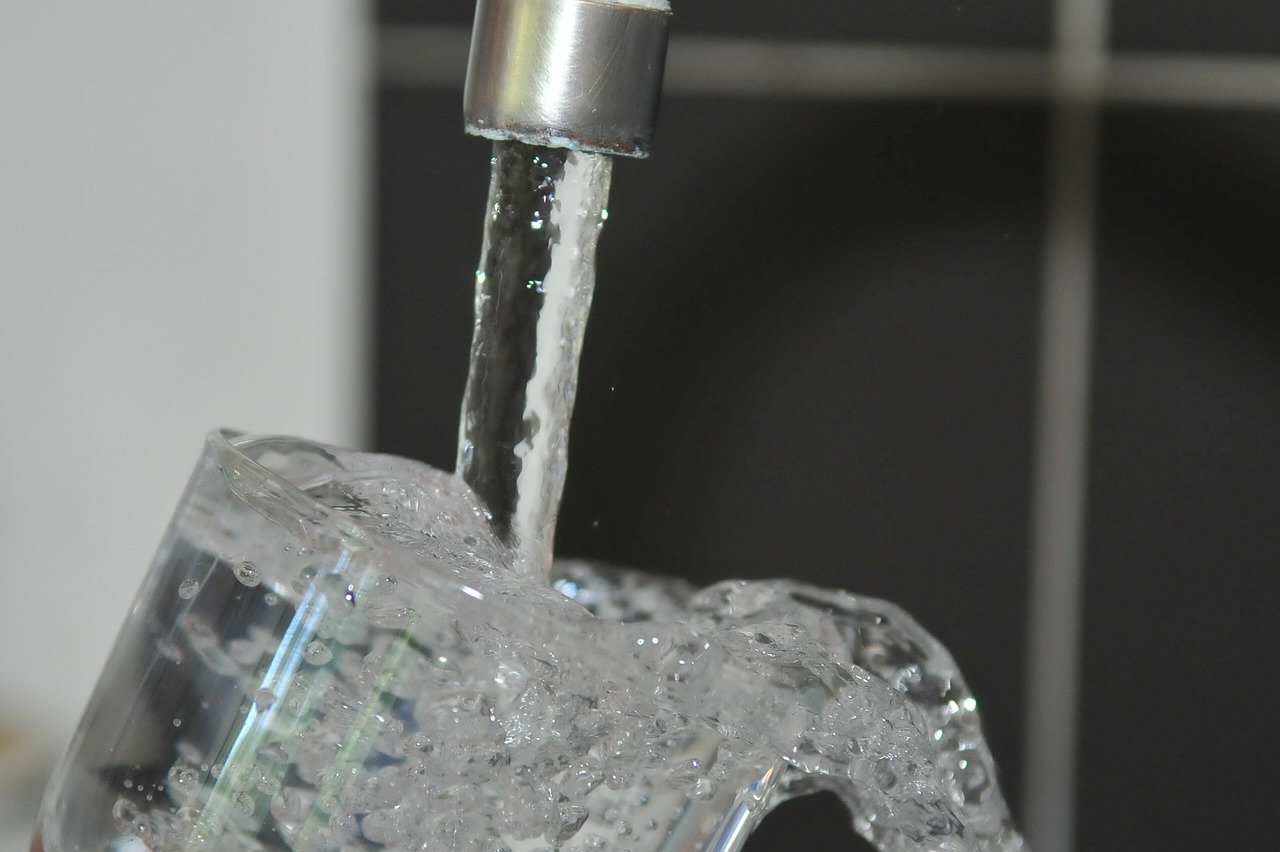

Water suppliers say the costs will be massive, with rates increasing for many consumers. Known as the “Erin Brockovich” chemical, hexavalent chromium is found statewide.
In an effort to protect more than 5 million Californians from a cancer-causing contaminant, state regulators today set a new standard that is expected to increase the cost of water for many people throughout the state.
The State Water Resources Control Board unanimously approved the nation’s first drinking water standard for hexavalent chromium, which is found naturally in some California groundwater as well as water contaminated by industries.
“…it’s not terrible, but it’s not acceptable… The most acceptable level is none.”
—Max Costa
Now water suppliers will be forced to install costly treatment to limit the chemical in water to no more than 10 parts per billion — equivalent to about 10 drops in an Olympic-sized swimming pool.
California water systems are expected to spend $180 million a year to comply, including testing and treatment. The water board said the average cost for most people would be less than $20 per month, with 87% paying about $8 per month. The cost rises an average of $135 per month for people served by water agencies with fewer than 100 connections.
Water suppliers warned officials that the costs of complying would hit low-income customers especially hard.
Coachella City Councilman Frank Figueroa said it would cost his city $90 million to install treatment on its wells, which would increase average monthly bills by almost 500% — “an insufferable figure” for the community, where incomes average $24,000 a year per person.
Water suppliers warned officials that the costs of complying would hit low-income customers especially hard.
Cities and water agencies said they desperately need financial help from the state.
“This year’s fiscal crunch does not bode well, and even in a good year, they (state officials) can’t get aid to everyone that needs it,” Tim Worley, managing director of the Community Water Systems Alliance, told CalMatters.
Hexavalent chromium was made infamous by the movie “Erin Brockovich,” which dramatized Pacific Gas & Electric’s contamination of the water supply of a small California desert town. PG&E paid a $333 million settlement to about 600 Hinkley residents in 1996 who claimed they suffered high rates of cancer and other diseases.
Levels above the new state limit have been reported in about 330 sources of water supplies in California. Some of the areas affected are the counties of Sacramento, Solano, Santa Cruz, San Bernardino, Santa Barbara, Monterey and Merced. The highest levels found were in Riverside, Yolo, Los Angeles and Ventura counties, although water suppliers may blend or treat the water to reduce the contaminants there.
Central Coast resident Ana Maria Perez told the board that her community suffers from elevated levels of hexavalent chromium, nitrates and other contaminants.
“I’m here because the State Water Board has again failed us,” she said through an interpreter. “It’s not fair that many people have to get sick and even die because the State Water Board has not done their job well.”
The largest water suppliers will have two years to comply; smaller ones with fewer than 1,000 connections will have four years. Many water suppliers said permitting, financing and construction timelines would make it difficult to meet these deadlines, and urged the state for more flexibility.
“It’s untenable for some of those communities,” said Andrea Abergel, manager of water policy for the California Municipal Utilities Association.
The new standard is one of the least protective of all the water contaminants regulated by California, according to a state analysis.
Public health advocates had urged a more stringent standard because the one set is 500 times higher than the level that state scientists deemed a negligible, one-in-a-million cancer risk. Under the new standard, for every 2,000 people who drink the water for a lifetime, one person would be at risk of cancer.
“Personally, I think we should go lower,” said water board member Laurel Firestone. She voted for it anyway but wants to revisit it when the standard is reviewed in five years.
Max Costa, professor and chair of environmental medicine at NYU School of Medicine, was an expert witness for residents in the Brockovich case. When California regulators first unveiled the proposed limit, he said “it’s not terrible, but it’s not acceptable…The most acceptable level is none.”
Some hexavalent chromium occurs naturally in California’s rocks and soils; some seeps into the environment from industries that work with chrome, such as […]
Full article: mavensnotebook.com
Clean water is essential for life, yet millions of Americans unknowingly consume contaminants through their…
Human brains contain higher concentrations of microplastics than other organs, according to a new study, and the…
From the Office of the Governor: In anticipation of a multi-day, significant atmospheric river in Northern California,…
From Governor Newsom: Scientists, water managers, state leaders, and experts throughout the state are calling…
Photo: A harmful algal bloom in Milford Lake, Kansas, made the water appear bright green.…
An expanded plastic foam coffee cup is at a donut shop in Monterey Park, California.…